Occasionally people ask me a question like this, “I’d like to do a Wassail. How should I do it? How I can make it relevant to our place?” This year, a friend in the cider world in New York posed this question to me again, and I wanted to share my response for anyone else who might find it useful.
As cider becomes a bigger part of the American scene, people are looking for ways to make some of cider’s seasonal traditions part of our repertoire of events and holiday happenings. Part of what I think makes wassail such fun is that it is already a widely variable tradition and has a lot of interchangeable and adaptable component parts. There is a “choose-your-own-adventure” quality to Wassail, but there are also things that make it recognizable and unique.
There are many details of traditional English Wassails that one can reference – twelve fires, wassail queens, particular songs, the mummer’s play etc – but I think it is more pragmatic to think in terms of generalized essential components, such as:
- Converge on an orchard or important tree. Feed it some libations. Feed yourself libations.
- Rouse some spirits / commune with powers of the great beyond manifest in plant form
- Make lots of noise. Be rowdy.
- Music and dancing and processing and a bit of folk drama or artistic spectacle
- Fire. Light up the long night.
- Feed Everyone well.
Wassail is the act of blessing or a toast, of offering good health to whatever place, person, animal, or plant you plan to visit during the festivities. The visit can be within the farm, the neighborhood, or beyond, but it is the visit itself that counts, the effort to make a special acknowledgement of relationship that is vital to your community. To give some examples of the flexibility of Wassail as a custom, below I show some examples of the breadth of the historical Wassail tradition, followed by some suggestions for planning a new event.
Historical Wassails of Apples, Wheat and Oxen
In historical sources, we find wassail means lots of things, not just a celebration apples. The descriptions we are most familiar with regarding apples often resemble this one from a gentleman in Devon in 1791:
The Wassail of Orchards
Your Hereford correspondent, J. W.’s, account in your entertaining Miscellany, p. 116, of a custom observed in his county on Twelfth eve, induces me to transmit you one not very unlike, which prevails in the other most noted part of this kingdom for cyder, the Southhams of Devonshire. On the eve of the Epiphany, the farmer, attended by his workmen, with a large pitcher of cyder, goes to the orchard, and there, encircling one of the best bearing trees, they drink the following toast three several times :
“Here’s to thee, old apple tree, / Whence thou may’st bud, and whence thou may’st blow ! / And whence thou may’st bear apples enow ! / Hats full ! caps full ! / Bushel ! bushel sacks full / And my pockets full too !
HUZZA !” This done, they return to the house, the doors of which they are sure to find bolted by the females, who, be the weather what it may, are inexorable to all intreaties to open them till some one has guessed at what is on the spit, which is generally some nice little thing, difficult to be hit on, and is the reward of him who first names it. The doors are then thrown open, and the lucky clodpole receives the titbit as his recompence. Some are so superstitious as to believe that, if they neglect this custom, the trees will bear no apples that year. Yours, etc., ALPHONSO
Gomme, The Gentleman’s Magazine LibraryLibrary: Being a Classified Collection of the Chief Contents of The Gentleman’s Magazine from 1731 to 1868, Vol 3 16-17.
Some of the early accounts describe a wassail of the wheat fields with bonfires. John Brand, antiquarian and rationalist Protestant cleric, first documented Wassail customs in his book Observations on Popular Antiquities – Including the Whole of Mr. Bourne’s Antiquitates Vulgaris with Adenda to Every Chapter of that Work published in 1777 as an annotation of his predecessor Henry Bourne’s (1694-1733) work. In the annotation of Henry Bourne’s work, this description of Wassail occurs in a note on section devoted to harvest suppers, showing a visit to a wheat field that bears many of the same component parts of the orchard Wassail:
The Wassail of Wheat Fields
Mr. Pennant informs us, that a custom prevails in Gloucestershire on the Twelfth-day, or on the Epiphany in the Evening: All of the Servants of every particular Farmer assemble together in one of the Fields that has been sown with Wheat; on the Border of which, in the most conspicuous or most elevated Place, they make twelve Fires of Stray in a Tow; around one of which, made larger than the Rest, they drink a cheerful Glass of Cyder to their Master’s Heath, Success to the future Harvest and ect, then returning home, they feast on Cakes made of Carrawys, and etc, soaked in Cyder, which they claim as a Reward for their past Labours in sowing the grain. –This, he observes, seems to resemble a custom of the antient Danes, who in their Addresses to their rural Deities, emptied on every infocation a Cup in Honor of them.
Henry Bourne , John Brand, Observations on Popular Antiquities: Including the Whole of Mr. Bourne’s … (J. Johnson, 1777), 336, http://archive.org/details/observationsonp00bourgoog.
In addition to the wheat field, you could wassail the best oxen by throwing a cake on its horns. It’s really more about blessing the most important agricultural products, not just apples. And it is often wildly irreverent (How much cider do you have to have been drinking, and what kind of resultant mood prevailing to throw a cake on a ox’s horn?). One of the most commonly sung Wassail songs in the West Country is the Gloucestershire Wassail, and in each verse, something different is wassailed. https://en.wikipedia.org/wiki/Gloucestershire_Wassail
The Wassail of Oxen
A large cake is always provided, with a hole in the middle. After supper, the company all attend the bailiff (or head of the oxen) to the Wain-house, where the following particulars are observed : the master, at the head of his friends, fills the cup (generally of strong ale), and stands opposite the first or finest of the oxen (24 of which I have often seen tied up in their stalls together) ; he then pledges him in a curious toast ; the company then follow his example with all the other oxen, addressing each by their name. This being over, the large cake is produced, and is, with much ceremony, put on the horn of the first ox, through the hole in the cake ; he is then tickled to make him toss his head : if he throws the cake behind, it is the mistress’s perquisite ; if before (in what is termed the boosy), the bailiff claims this prize. This ended, the company all return to the house, the doors of which are: in- the mean time locked, and not opened till some joyous songs are ; sung. On entering, a scene of mirth and jollity commences, and reigns, thro’ the house till a late, or rather an early, hour, the next morning
Gomme, The Gentleman’s Magazine LibraryLibrary: Being a Classified Collection of the Chief Contents of The Gentleman’s Magazine from 1731 to 1868, Vol 3 16-17.
Thoughts For New Wassails
An important aspect of Wassail is to let loose on the last day of the official Christmas holidays, to get out of your stuffy parties and family gatherings and let the wild forces of nature rumble around a bit as you confront the uncertainty of the coming year, its crop, and your labor relations. Labor itself was important. The wassail recognizes that workers and employers depend on each other and offer each other recognition and appreciation. I think what made wassail significant in England was that it was an opportunity to ritually play out a lot of the scenarios that brought uncertainty to the year. Would the crop be good? Would the farm laborers and farm owners get along? Will neighbors be friendly? Will we make it through winter to spring? And from blossom to harvest?
The procession to the orchard or barn or field is particularly important. It’s a way of marking the significance of a place and reinforcing your relationship to it in a personal way, not just a functional way. It is a way of showing your love and gratitude to the place and the produce. When people sing to the trees, it always particularly poignant to me. To sing to something, is to say how much you love and admire it. How wonderful is it that we can express love to a tree?
But there is also a highly social element to wassail. I went to several wassails in Britain at local pubs. I went to some that processed around the village. The wassail should draw people together in a way that reflects their community ties. The interesting wassail adaptations I’ve seen through the years often take on unique aspects of local culture. Kate Garthwaite of Left Field Cider does a “bonspiel” which is curling tournament as part of her wassail in Canada. I love that Elizabeth Ryan of Hudson Valley Farmhouse Cider has turned it around to a blossom event that incorporates her Bulgarian music community. I did a Wassail at Finger Lakes Cider House a few years ago with Melissa Madden where her passion for draught horses played a significant part in the event.
If I were imagining a wassail for an orchard or cidery in North America, I’d make sure the wassail did a procession to the orchard or tree, with fire and singing, and music. But I encourage people to be realistic about the weather. It is just a lot less cold in old England and much easier to do the outdoor orchard procession than it can be in New England. Make sure there are indoor options. If I had some artist or theatre friends, I’d see if they wanted to make a little mini-play or interactive piece that speaks to your community. The mummer’s play in England, often a central part of wassail, is a very rigid stylized piece, but what makes it fun is how the actors riff on local politics or town dramas through the figurative action. I’d get a few musician friends to play. And I’d make libations and toasts galore! Beyond that, the wassail is your oyster (actually…oysters would be a very historical New York adaptation!)
Wassail! May your celebrations be joyful, your orchards productive, and your cider delicious.


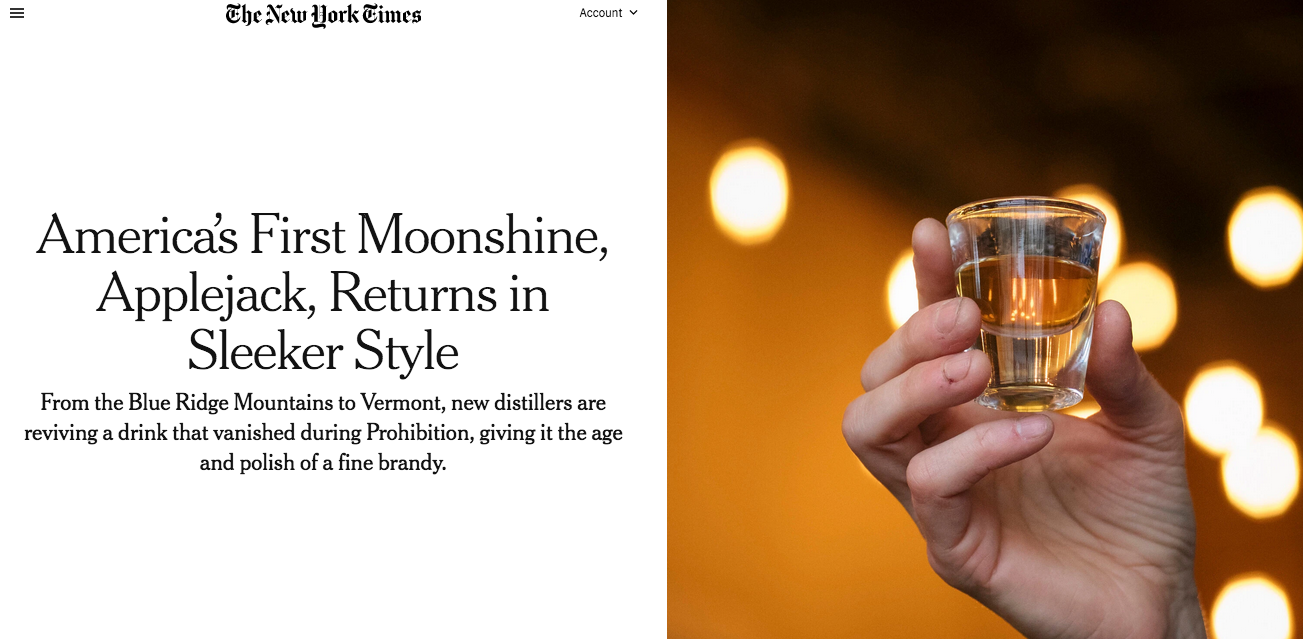





 I’m Happy to post a link to my article in Voices, the Journal of the New York Folklore Society:
I’m Happy to post a link to my article in Voices, the Journal of the New York Folklore Society: 
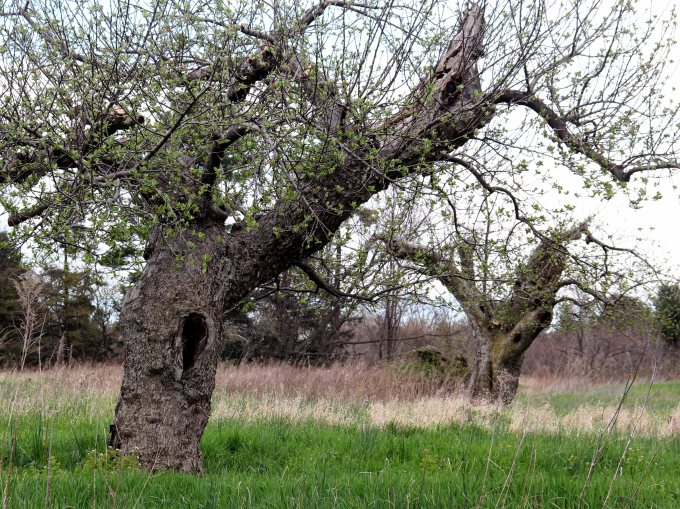




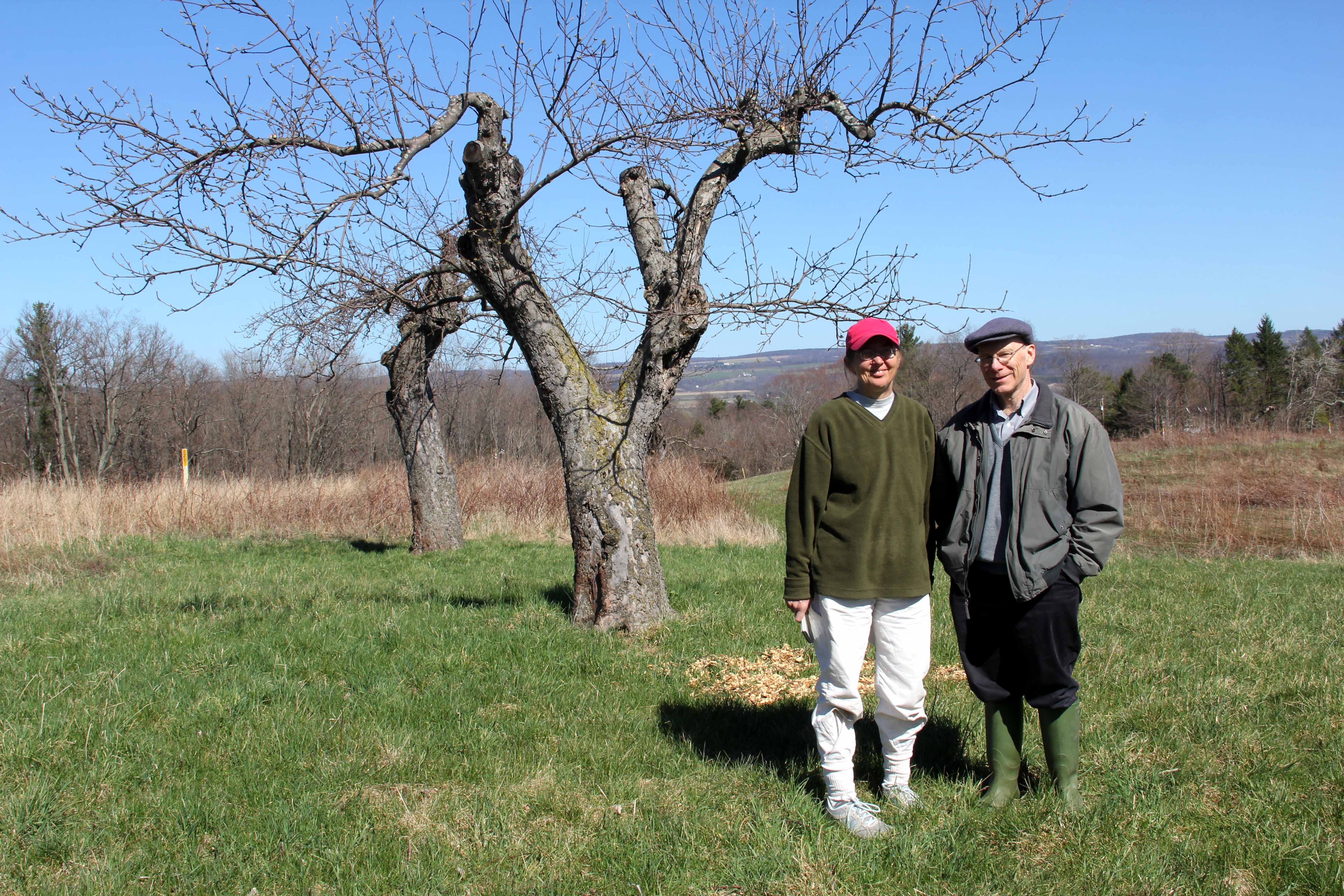

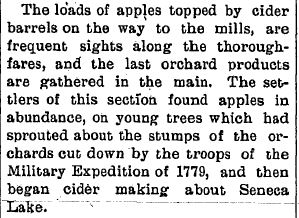
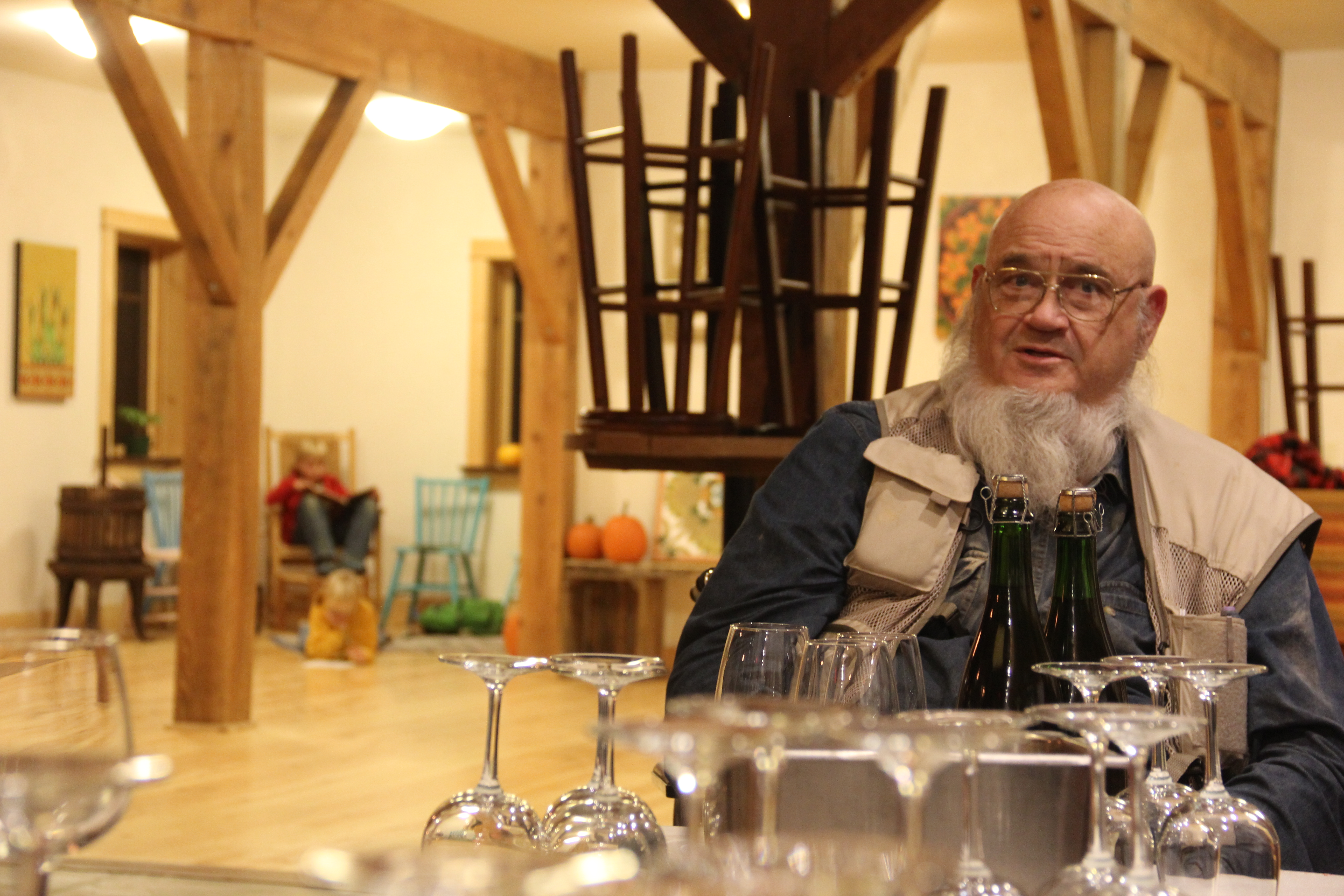





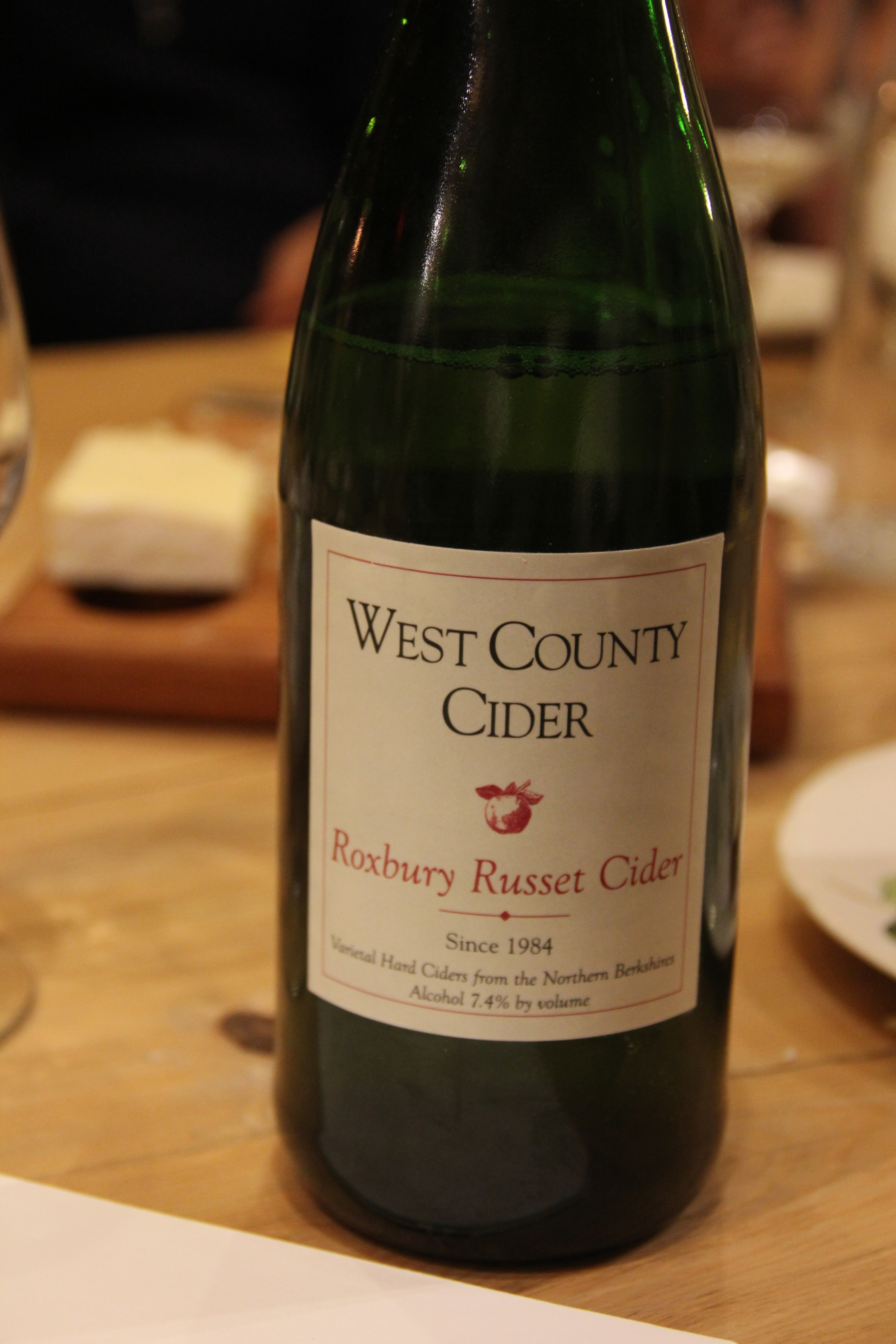


















































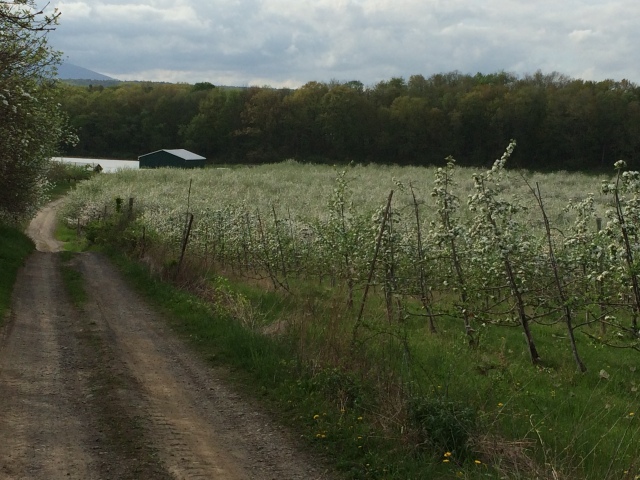
 little bit about viticulture, and become familiar with the dips and crests of the rolling landscape of the vineyard, and the personalities of each field. There were wet spots filled with mosquitos, the acres of Chambourcin and Chardonel vines devastated by the polar vortex, the finicky short rows of pampered vinifera, the acres and acres of hardy Catawba, and the bowl of land left over to wildflowers that drained into a stream leading into the woods.
little bit about viticulture, and become familiar with the dips and crests of the rolling landscape of the vineyard, and the personalities of each field. There were wet spots filled with mosquitos, the acres of Chambourcin and Chardonel vines devastated by the polar vortex, the finicky short rows of pampered vinifera, the acres and acres of hardy Catawba, and the bowl of land left over to wildflowers that drained into a stream leading into the woods.





















